This guide for beginners will explain how to choose the best motherboard for gaming when buying or building a new PC. When deciding which motherboard is best for your needs (and for your budget), there are a few important considerations to take into account.
If you think of the processor as the brain of a gaming computer, then the motherboard could best be described as the heart and/or central nervous system and is responsible for transmitting information between all internal components and acts as the central system of your machine where your other components such as CPU, RAM, and graphics card all connect.
When choosing the best motherboard for gaming, you’ll need to consider things like compatibility with your other components, quality, reliability, and sturdiness, as well as the list of features you’ll need now and in the future though.
You are planning to upgrade your PC. You also want to make sure you get good results from your purchase.
Let’s take a closer look at these things so that after reading this article, you can easily choose the best motherboard for your needs.
Types of Motherboards
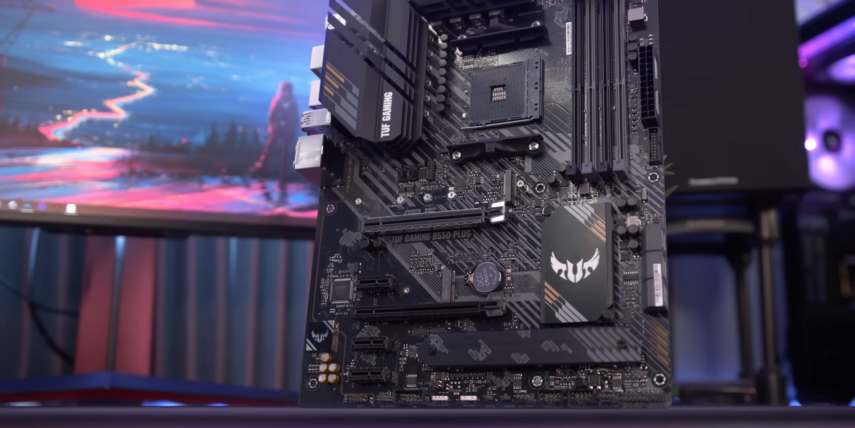
First of all – there are basically two types of motherboards that you can acquire. Intel-based motherboards are only compatible with Intel processors, and then you have AMD cards that you guessed only fit the AMD line of processors.
But it’s not just about choosing any Intel motherboard if you’ve chosen an Intel processor – you have to match what’s called the CPU socket type, also known as the processor interface.
All it means is this. Suppose you have chosen the Intel Core i5-6500 processor for your new version. This model has an LGA 1151 type socket, which you will clearly find in the processor specifications.
You just need to choose a motherboard that has exactly the same type of socket as your CPU (in this case LGA 1151). This will also be clearly stated in the motherboard specifications. That’s it that’s all.
Check RAM Compatibility
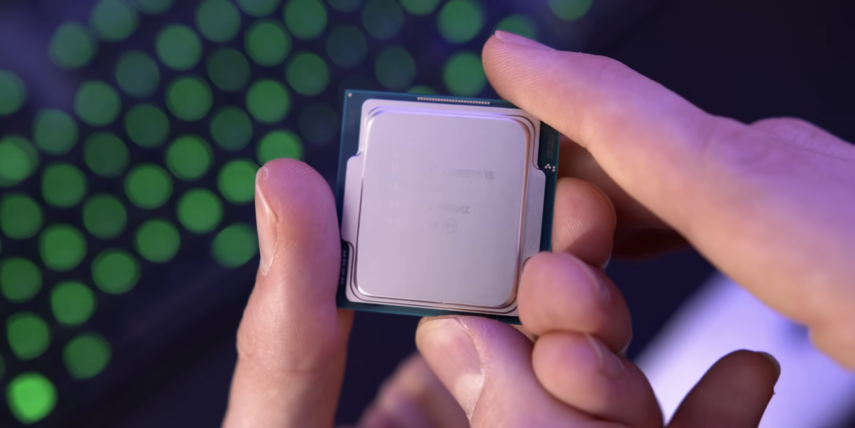
When choosing the best motherboard for your needs, you should also check the compatibility with your RAM. There are 3 things to consider here:
• RAM Type – You have basically two choices when it comes to RAM currently. Either you go for DDR3 which has been around for a long time, or you go for the newer, slightly faster DDR4. A motherboard only supports one or the other, so if you buy DDR4 RAM, you can only choose a DDR4 motherboard.
• RAM Speed – In addition to making sure that your motherboard supports your type of RAM, you should also verify that it supports the specific speed of your RAM. So if you buy a memory stick with a speed of 2133 Mhz, check in the specifications of the motherboard that it supports 2133 Mhz of RAM memory.
• RAM capacity – It is also good to know the maximum amount of memory your card can take, especially if you are building a high-performance system with a bunch of memory. This shouldn’t be a problem for most builders as you will never get close to the maximum capacity (this is usually a huge capacity like 32, 64, or 128 GB, etc.).
• A number of RAM slots – This can also be a factor for you. Let’s say for example that your motherboard only has 2 RAM slots and you buy 2 sets of 4GB of RAM to make a total of 8GB (standard capacity).
You have now taken both slots, so if you wanted to upgrade with more RAM later. you don’t have any slots. In this case, you will take a single 8 GB stick instead of 2 × 4 GB if you know that you will want to increase the RAM capacity later.
Motherboard size (form factor)
Motherboards come in different sizes, technically known as form factors. You need to be aware of this to be sure that you are choosing a chassis that is suitable for your motherboard.
The two most common sizes are mATX (short for Micro ATX) and ATX. MATX cards are smaller and generally have fewer features like additional ports and slots.
ATX cards are the most common, but there is nothing wrong with choosing an mATX card if you are building a small and: or economical gaming system.
An ATX motherboard will NOT fit in a mATX case, so if you get a full-size ATX card you will need to find an ATX case. However, an mATX motherboard will generally fit in an ATX case.
So, if you get an mATX due to a tight budget or some other reason, you have a choice of either an mATX case or an ATX case. It won’t matter.
Expansion connectors and USB ports
If you are making updates to your build down the line or adding additional cards out of the box like a sound card, network card, second graphics card, etc., you will need to verify that the motherboard you are using you choose has enough expansion ports such as PCI and/or PCI-E (PCI Express).
Today’s graphics cards, sound cards, and network cards are typically in the PCI-E format.
You should also have the number of USB ports in mind to make sure your card has enough for your needs. Most modern motherboards will have a lot of USB ports so this will rarely be a problem. Also consider choosing a card with USB 3.0 support, although on most modern cards this has become standard.
In addition to USB ports, you may need other ports like FireWire, microphone ports, etc.
Networking needs
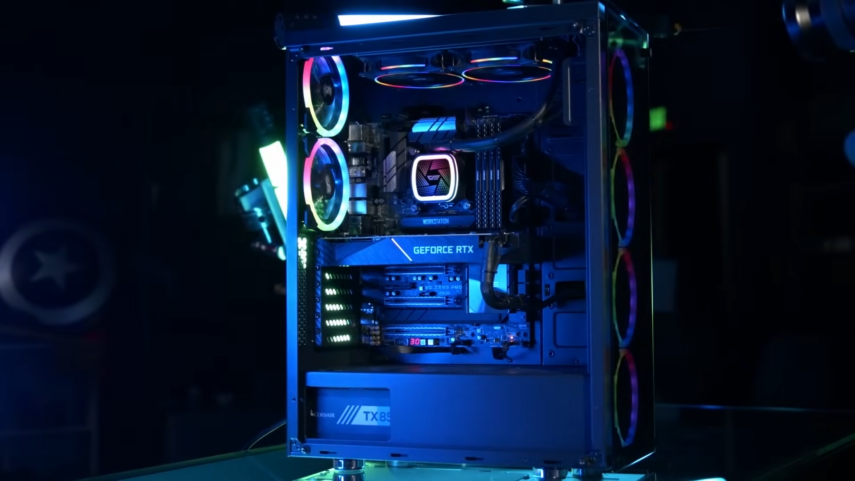
Every modern motherboard will come with LAN (Wired Internet by RJ45 Cable) support so you don’t need to worry about it. However, few motherboards, and typically only the more expensive high-end cards, will come with built-in wireless support (i.e. WiFi).
So, if you want wireless support on your new gaming desktop, you have two choices. Choose a WiFi motherboard or just buy an additional wireless adapter.
The WiFi adapters are provided as PCI or PCI-E card that will fit into a PCI / PCI-E replacement on your motherboard, or you can get a USB dongle.
Either will work just fine and that’s the number of gamers who will manage fast and reliable WiFi.
And if you need Bluetooth support for whatever reason – check your motherboard specs here too!
Chipset
When choosing a motherboard for gaming, it is important to consider the chipset. Some chipsets are better suited for certain types of games while others are better suited for other types of games.
For example, an AMD chipset is better suited for playing first-person shooters (FPS) because it has more cores and faster memory. An Intel chipset is better suited for playing MMORPGs because it has more PCI Express lanes and faster storage speeds.
SLI and CrossFire support
If you need to configure a dual graphics card setup with NVidia SLI or AMD CrossFire technology now or in the future, your motherboard will need to support this feature.
Just check the specs to be sure. If you are doing more than 2 lanes SLI / CrossFire, like 3 or 4 lanes, then you will analyze support for that as well as only high-end motherboards allow this.
If you’re building a cheap gaming pc and you’ll never need the beastly and expensive power of two graphics cards, then ignore it.
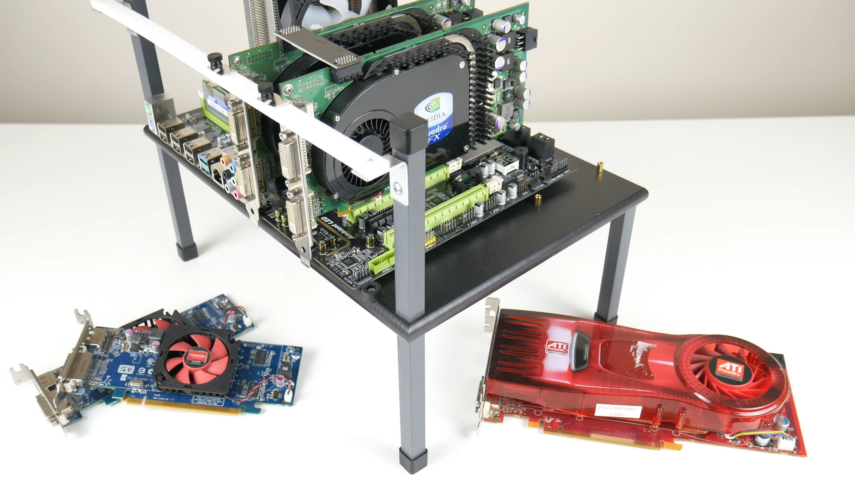
Motherboard Audio
Modern motherboards will come with decent built-in audio capabilities, so there is no need to have a dedicated sound card unless you need high-quality sound.
To be fair, you won’t notice much of a difference with a dedicated sound card compared to your motherboard’s built-in sound unless you spend a ton of money on high-end speakers/headphones and really wanted to optimize the quality and volume to the maximum.
80% of users will be totally satisfied with the integrated audio capabilities of the motherboard.
Stick to the best brands
When it comes to choosing the best motherboard for gaming, you definitely want to stick with trusted motherboard manufacturers like Asus, Gigabyte, and MSI.
Personally, I would recommend any of these top 3 motherboard brands in the PC gaming world.
However, keep in mind that all the different models from these major manufacturers are not necessarily equal to each other.
Asus, Gigabyte, and MSI have been around for a while and are known for producing high-quality motherboards. They all use standard components that are easy to find and install, so you can be sure your motherboard will work properly with your new system.
Additionally, each of these companies has a support team available 24/7 should you need assistance. Finally, make sure to read reviews before making your purchase; this way, you can be sure you’re getting the best possible motherboard for your money.
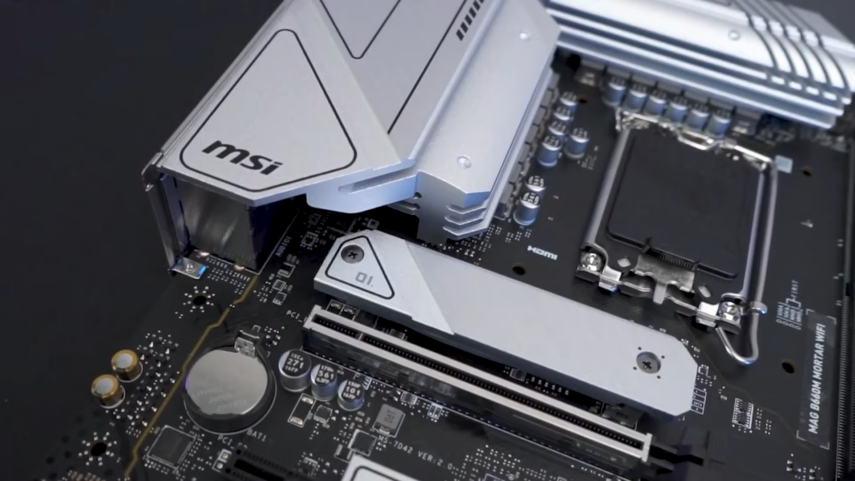
Best motherboards for gaming
For specific and up-to-date recommendations on the best motherboards, check out online gaming pc build examples and constantly updated premium gaming pc build examples.
Take a look at the specifications of the boards included in each model to get an idea of which motherboard is best for your budget.
Don’t choose blindly though, and be careful about choosing the particular model you want with all the features you want.
So that’s all you need to know to choose a good motherboard. There are other advanced features and specifications, and considerations like design, LED lighting, etc. Nevertheless, the above are the most important things to know as a beginner.
Where can you find a motherboard for your desktop and laptop PC?
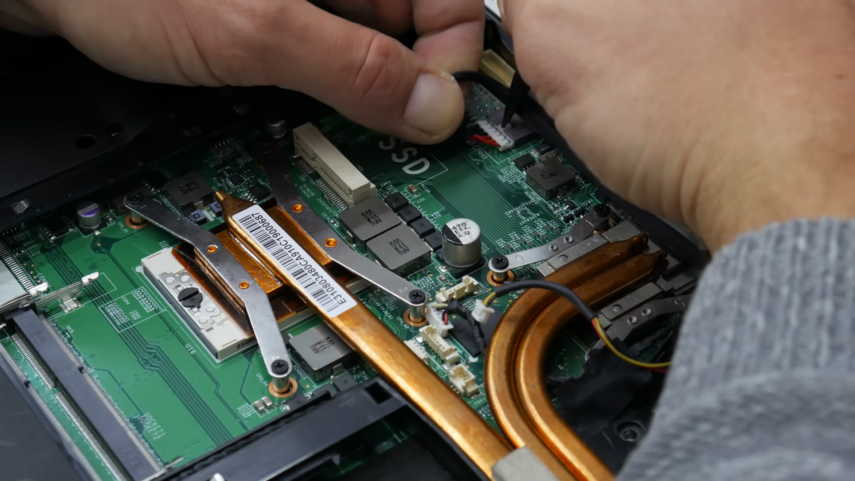
If the cards offered at the beginning of this article do not seem suitable for your socket, you will have to change your motherboard and processor.
Obviously, this will have the consequence of exploding your budget. Rest assured, you can easily find a motherboard dedicated to video game parts , like here.
You may discover that micro ATX cards can also be dedicated to video games. On the other hand, let’s be frank, SLI or CrossFire support is much more complex to implement.
However, this is easily explained by the size of the motherboard itself, but they have other advantages. Indeed, the space saving is quite substantial. Moreover today, many gamers use this type of configuration to “hide the tower” behind their screen.
You will be able to use your television set as a PC screen, with the appropriate graphics card.
So it’s up to you to think about what your real needs are. Are you willing to make a few concessions on the graphics of the game itself, or do you want to push all the settings to the limit to fully immerse yourself in your favorite games?
FAQs
1. How good of a motherboard do I need for gaming?
A good motherboard for gaming will have a lot of the same features as a good motherboard for general use. However, as with any type of hardware, there are some key features that will make a big difference in how well your computer performs when gaming.
Some of the most important features to look for on a motherboard for gaming include:
• Plenty of onboard controllers and slots for graphics cards and other components – If you’re planning on adding graphics cards or other components to your system, you’ll want a motherboard with plenty of available slots. This allows you to easily upgrade your system as needed without having to remove anything else from the computer.
• Multiple ports for connecting peripherals – A great motherboard will also have multiple ports available for connecting peripheral devices such as mice, keyboards, and monitors. This way, you can always have everything connected and ready to go without having to search through a bunch of cables.
• Strong power supply – Another key feature to look for on a good motherboard for gaming is a strong power supply. This is because high-performance graphics cards require a lot of power to run properly.
2. Does SSD improve FPS?
SSD improves FPS because it helps to reduce the time it takes for your computer to respond to your commands. When your computer has to wait for data to be sent from your hard drive, it can slow down your game or application. However, when you have an SSD installed, this wait time is much shorter. Plus, an SSD also helps boost your overall system performance by acting as a cache for frequently accessed data.
3. Does more RAM increase FPS?
RAM is important for gaming because it helps the computer to keep track of multiple processes at once. In general, more RAM means that the computer can hold more information and process it faster. However, this isn’t always true when it comes to FPS (frames per second) rates.
Some gamers argue that a machine with 4GB of RAM is better than one with 8GB because the extra memory will allow the game to run at a higher frame rate.
However, there is no definitive answer as to whether more RAM actually results in a higher frame rate. Some factors that affect fps include the graphics card, processor, and game settings.
Conclusion
When you’re planning to build a gaming PC, the motherboard is one of the most important components. Not only does it control all of the vital connections between your CPU and graphics card, but it also helps to regulate other system resources like RAM and storage.
So whether you’re just starting out or you want to upgrade your current rig, make sure to check out our selection of motherboards!
Related Posts:
- How To Choose a PC Case? - Best Components for Your Computer
- Top 10 Best Motherboard For Ryzen 7 3800x 2024 -…
- Why It Is Important To Choose the Best Temp Agency?
- How to Choose a Motherboard? 2024 - for Proper…
- 9 Best Motherboard For i9-10900K 2024 - Motherboard…
- 14 Best Gaming Keyboards 2024 - How to Choose the…







